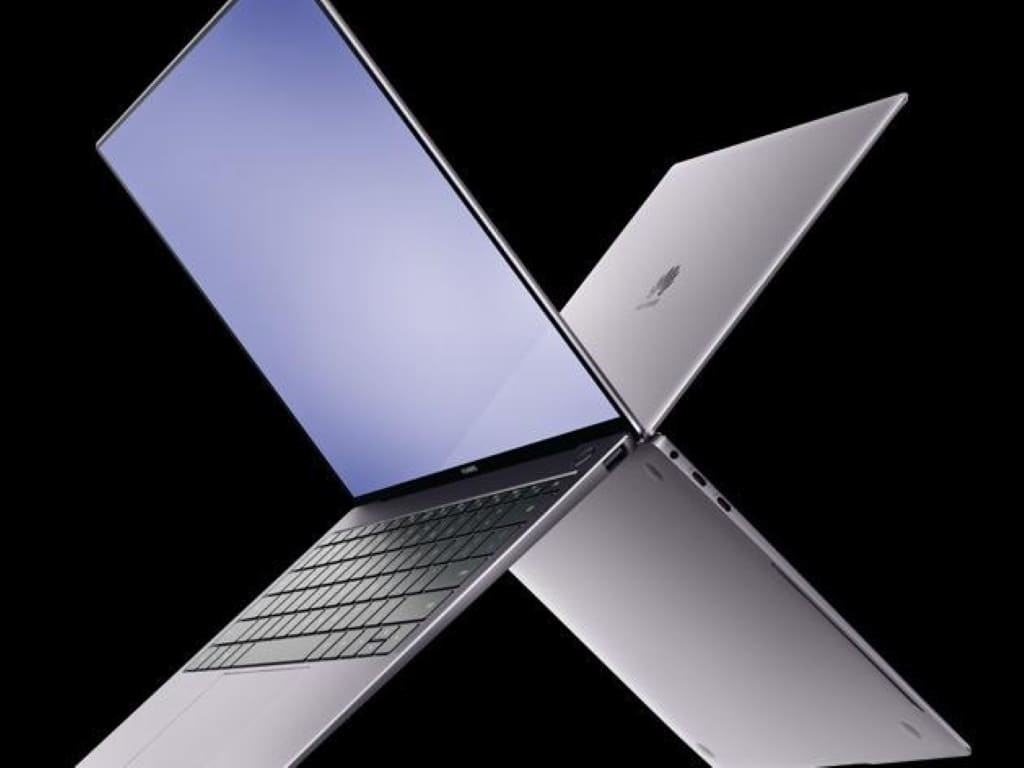Summary
Sony WF-SP800N Wireless Earbud Review
Sony’s sports-oriented new earbuds take the smarts from their much-lauded premium buds to make them a real winner, writes PAT PILCHER
$399.95

If you’ve read Witchdoctor’s review of last year’s excellent WF-1000XM3 buds, you might be wondering how Sony can ever improve on a product that got a 10-out-of-10 rating from this illustrious site. To recap, those smart wee buds featured excellent active noise cancellation and killer sound.
While Sony hasn’t launched a successor to the WF-1000XM3’s, they’ve done the smart thing and incorporated a lot of what made them great into a new set of wireless buds aimed at sporty folk. Earlier attempts, notably the WF-SP700N, suffered from average battery life and their active noise cancellation wasn’t much chop. Now Sony is back with the creatively named WF-SP800N, and they’re brilliant.
The first thing you’ll notice is their reasonable sticker price. While they retail for $399.95 you can pick up a pair for just under $300 if you shop around. Best of all, Sony has taken the smarts from their excellent WF-1000XM3 and applied them to the SP800N. The net result is an affordable pair of wireless earbuds with decent active noise cancellation as well as excellent audio and battery life.

The WF-SP800N is a great example of the ‘if it isn’t broken, then don’t fix it’ school of thought in that they follow Sony’s already proven earbud design. Like the WF-1000XM3, the WF-SP800N buds sport an elongated body that protrudes slightly from one’s the ear. Awkward looks aside, they’re actually a comfy fit, even if they are a tad larger than many competing earbuds. A silicone ear-fin helps them stay put, and a range of different sized silicone tips are bundled so you can tailor their fit and comfort levels.
Speaking of which, getting a comfy fit requires you to twist them as you insert them into your ears. Turning them backwards gets the ear-fin in the right position. Giving them a twist forward locks it into place. It might sound counter-intuitive, but the SP800N’s stayed put and were comfier than I’d imagined. Given their large size, it wasn’t surprising that their charging case was tubby too. Its size is more than aptly compensated for by the fact that its curvy design makes it easily pocketable.

Where the SP700N’s battery life bordered on unusable, the battery life of the SP800N’s astonished. In testing, I regularly wrung just over nine hours of battery life. I’d typically start with them at 8am, taking a 30-minute break for lunch and then resuming until 5.30pm, and that was with noise-cancelling enabled. I managed to repeat this without noise-cancelling activated, starting at 8am, again taking a 30-minute break for lunch. They were still going strong at 7.45pm, but I had to stop for dinner. That equates to around 13 hours.
While battery life is impressive, their charging case only holds a single full charge, which is surprising given its biggish form factor. That’s not a major as you can get around 26 theoretical hours of use with fully charged buds and a single charge from the case. Also, fast charging is supported. Ten minutes of charging delivers up to an hour of use.
Testing their noise cancellation, audio and call quality necessitated a wander around Wellington CBD. While Wellington’s wind was doing its thing, I noticed that it was picked up by the buds’ external mics when active noise cancelling was enabled. They did, however, kill off most traffic and pedestrian noise. Based on their performance in Wellington’s CBD, it’d be fair to say that they’d make short work of aircraft noise. Sadly, the not so minor matter of a pandemic meant I was unable to put that to the test.

For longer flights where noise-cancelling will chew up too much battery life, the news is also good. The buds offered good passive sound isolation. This is due to the seal made possible by the multitude of different sized silicone ear-tips bundled with the buds.
On the call quality front, the SP800N’s delivered. Making a call during my wanders through the CBD, the people I called were surprised when I told them I was using earbuds, assuming I was using my phone. Equally good, the inevitable connection dropouts that are part of wandering through a crowded RF environment such as the Wellington CBD happened just once (it usually happens multiple times). Wireless connectivity with the SP800N’s proved to be reliable.
Another side bonus of using Sony buds is the excellent ‘Headphone Connect’ app, which allowed me to tweak EQ, set noise cancelling levels and so on. Their audio was warm, sounding almost analogue and lacking a lot of the over-processed digital harshness that is typical with many wireless buds. Where most earbuds are led by mids and highs, I found the lower end of the audio spectrum was prominent. That said, it didn’t drown anything out – vocals, snare drums and cymbals all stayed crisp. The soundstage felt spacious and the audio had room to breathe. This is something many other earbud brands seem to struggle with. Their sound wasn’t simply good, it was great.

Driving the buds happens via touch-sensitive panels on their top half. By default, the controls deliver play/pause, skip, call answer/end, voice assistant access, and ANC mode. You can choose from these within the Headphone Connect app. Another nice touch is that like the WF-1000XM3’s, the SP800N’s will pause music if you remove an earbud and resume when it is reinserted. That might not sound like a big deal but it proved handy for dealing with questions and other interruptions.
For medium-haul air travel, the active noise cancellation and battery life of the WF-SP800N buds make them a complete no brainer. Instead of lugging about bulky over-ear noise cancellers, the WF-SP800N’s can discretely slip into a pocket. Decent audio/call quality and an IP55 splash proof rating, not to mention a comfy fit make the WF-SP800N buds ideal for both sporty and non-sporty types.














